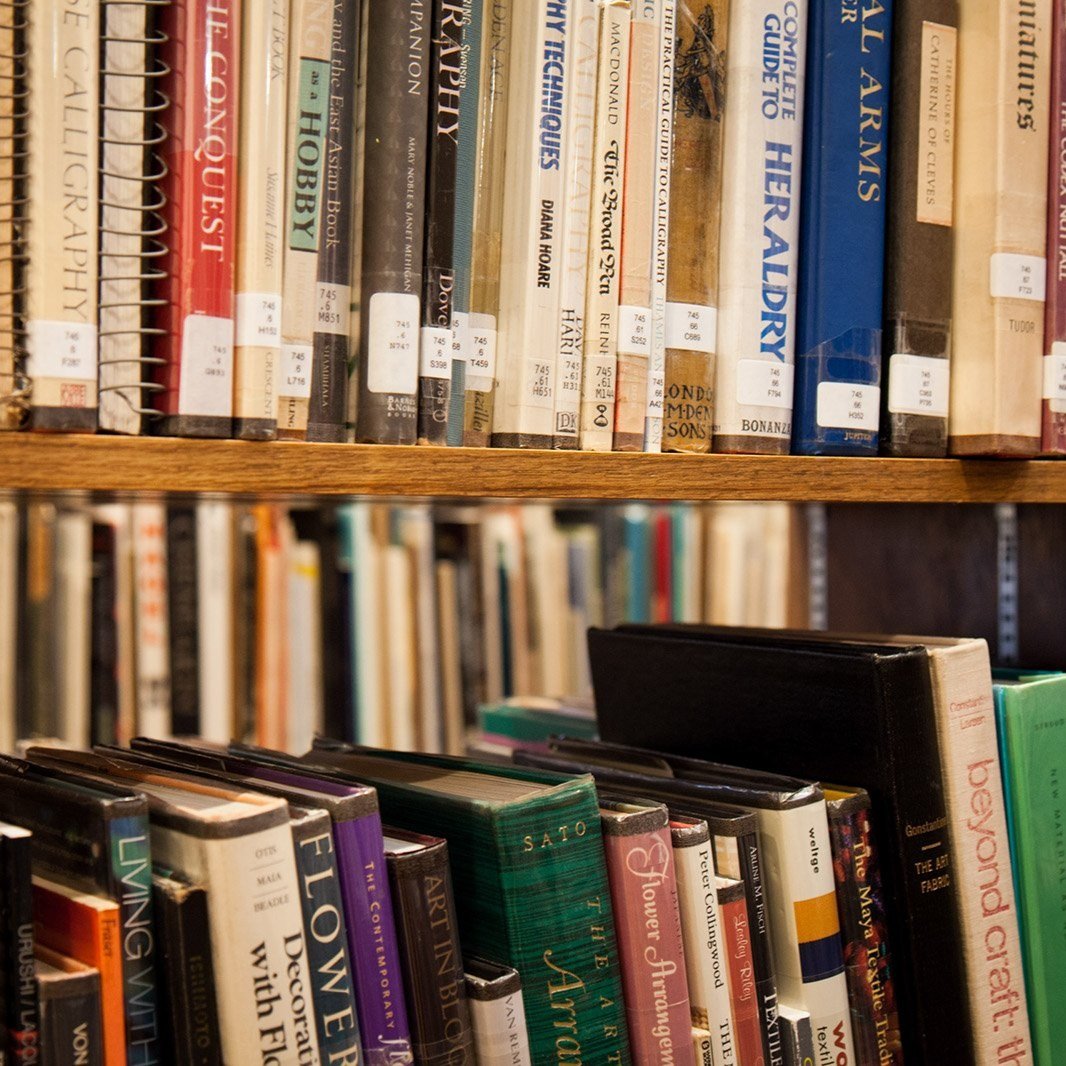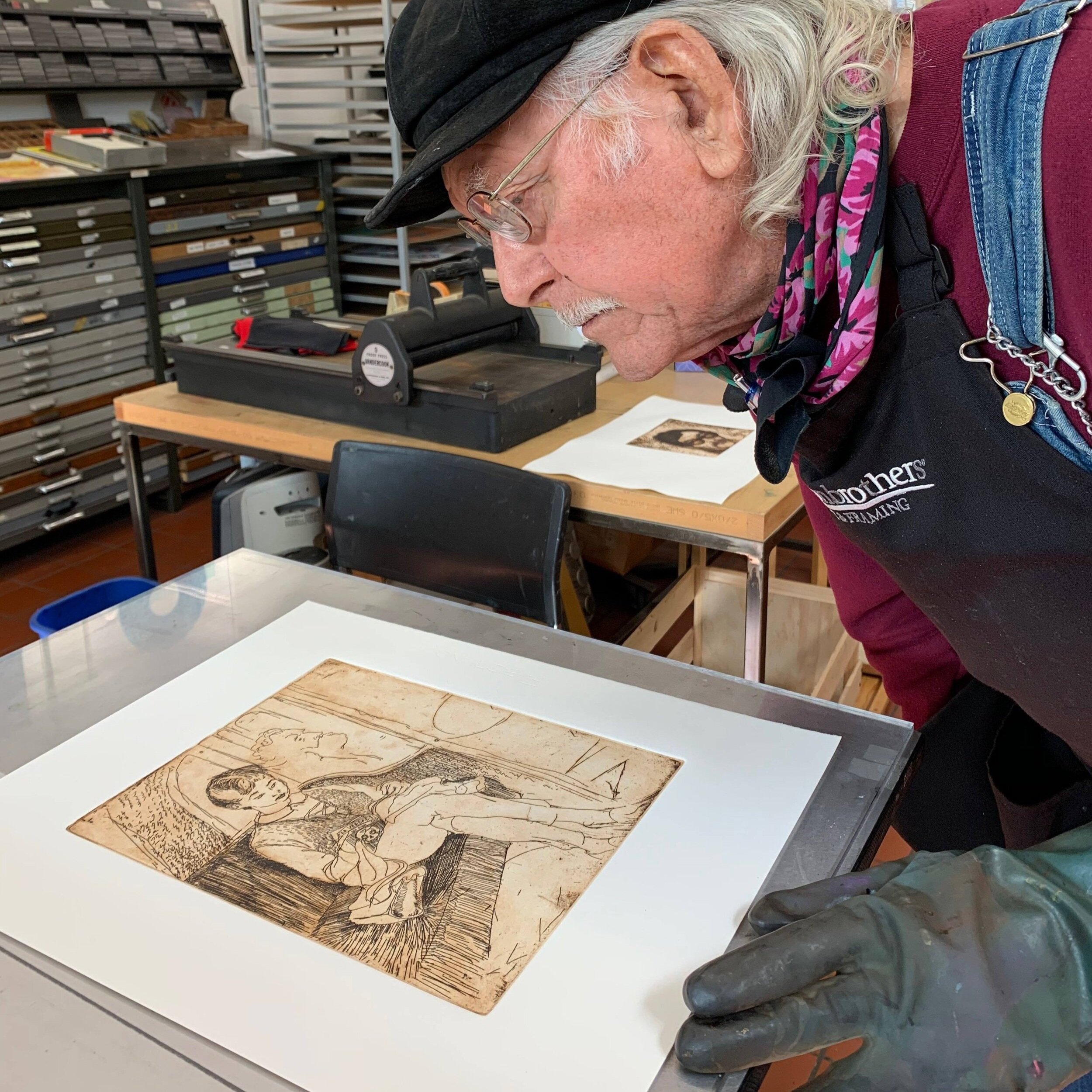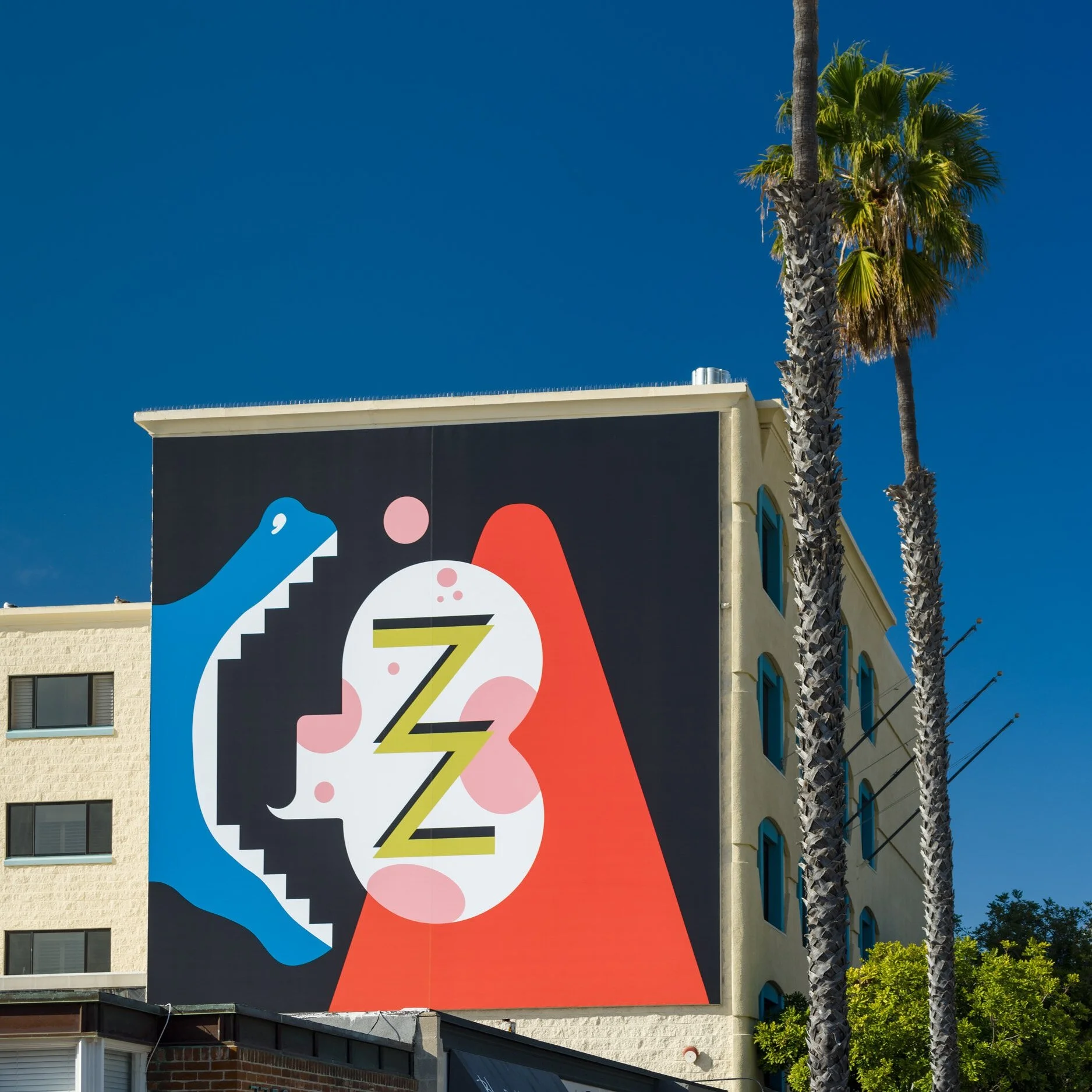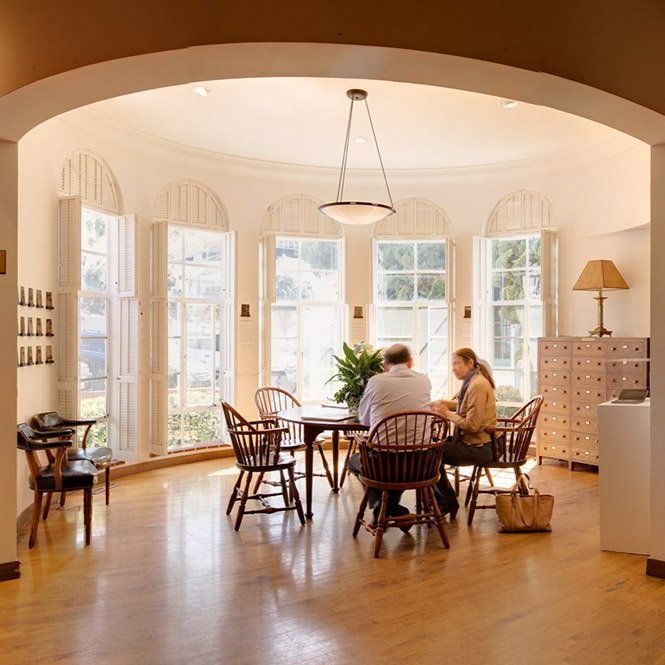Mondays, April 24; May 1, 8 & 15, 2023
7:30 PM
Realism was dead. Born in Florentine workshops in the early 1400s, realism enjoyed a long run, dominating European art for four centuries. By the mid-1860s it had degenerated into a weary superficiality. This inspired a group of young, creative, yet disgruntled artists to create a new artistic language, and to propound radical theories and techniques. They did so, knowing they would be ridiculed, and worse, ignored.
Impressionism, as it was called, slowly won a grudging acceptance, but by the 1880s a new generation of artists emerged. Like runners in a relay race, the Impressionists handed off the baton of artistic innovation to this next generation—Cezanne, Matisse, Van Gogh and Picasso—today viewed as giants of European art history. If it can be said that the Impressionists—Manet, Monet, Renoir—fired the first salvos against realistic art, the Post-Impressionists reconfigured the battleground.
Each Post-Impressionist artist pursued his own unique artistic vision, but all were united in adopting the Impressionists’ conviction that art should not be filtered through ideology, intellect or ‘schools of art.’ Thus liberated from constraint, art, they contended, should be independent, the exclusive product of the artist’s imagination and skill.
Out of a field so rich in artistic genius, it is difficult to narrow the lens to just three artists, but the focus of this four week series will be on Cezanne, Matisse, and, secondarily, Van Gogh.
April 24 » Paul Cezanne
Matisse and Picasso both claimed that Cezanne was “the father of us all,” and indeed, he stands at the inflection point, the cusp, between traditional, realistic art and 20th century abstraction. Solitary, antisocial, mistrustful, Cezanne could only realize his distinctive style in the solitude of his native Provence. The resulting style is as complex as 3D chess; Cezanne’s canvases must be filtered through the intellect to apprehend. For instance, at the same time that his paintings contain explosive oppositional forces, recurring echoes of color or line or shape create loving embraces that stretch across the canvas. In contrast to Van Gogh’s psychological power, Cezanne’s art is cold, aloof, detached: in his landscapes we find none of the solace of nature, in his people, no invitation to friendship, in his still lives, no appeal to appetite. But we do find genius.
May 1 and May 8 » A Study in Contrasts: Cezanne and Van Gogh
When Cezanne and Van Gogh met in Paris in 1886, they despised each other, a contempt that spilled over in their opinions of each other’s work. Indeed, their respective styles were antithetical. Vincent’s art is visceral, Cezanne’s, cerebral. Vincent injected into his paintings his immense psychological yearnings, whereas Cezanne erects psychological barriers to lock the viewer out of his works. Cezanne’s forms are solid and immutable; Vincent’s inanimate objects dance with a kinetic energy. We can’t find Cezanne, the man, in his paintings; in Vincent’s canvases we can’t avoid him.
Unlike the very conventional Matisse, Vincent Van Gogh’s life was one of alienation, debilitating mental illness, and ultimately, suicide. Keenly aware of the isolation his odd behavior caused, he poured his longing for relationships, for human communion, into his paintings. He bends pigment and brushstrokes to his psychic needs. Where, ultimately, do we find Vincent? Not in wheat fields, nor in nighttime skies, nor doleful visages, but in the most basic truth about art: the stroke of hand to canvas.
May 15 » Henri Matisse
In his own words, Matisse sought to create “…an art of balance, of purity and serenity, devoid of troubling or depressing subject matter…” Indeed, this master colorist’s art is rich, sensuous, opulent, and seemingly transparent… until subjected to deeper scrutiny. Unlike Cezanne’s paintings, which demonstrate a steady progression toward realizing his ultimate artistic vision, Matisse’s six-decade career contained puzzling starts and stops and vacillation between sculptural and decorative styles. Throughout, however, he raised profound questions about the very nature of art, of perception, and of reality. Of his friend and archrival, Picasso said, “All things considered, there is only Matisse.”
About Linda Blair:
Linda Blair has taught art history for many years, at the La Jolla Athenaeum and UC San Diego Osher; she was a docent at The Cloisters. She holds a BA from Mills College and an MA from USD. She is an active volunteer at UC San Diego, dedicated to raising scholarship funds.
The lecture will be in person at the Athenaeum Music & Arts Library. There are no physical tickets for this event. Your name will be on an attendee list at the front door. Doors open at 7 p.m. Seating is first-come; first-served. This event will be presented in compliance with State of California and County of San Diego health regulations as applicable at the time of the lecture.
Masks optional. If you have a fever, cough, or flu-like symptoms, please stay home.























